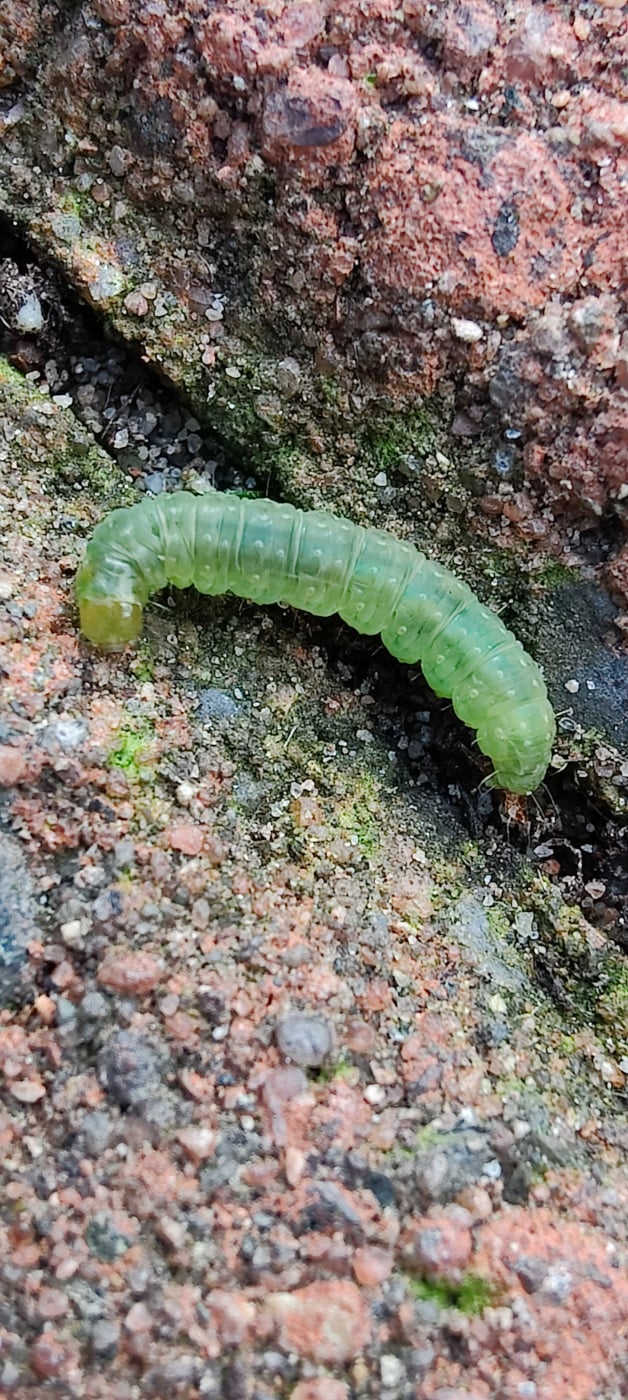This Forum will close on Wednesday 27 March, 2024. Please refer to the announcement on the Discussions page for further detail.
Help needed to identify and fight this caterpillar.
 Bartlomiej
Posts: 24
Bartlomiej
Posts: 24
Hi, I have only one major pest in my garden this type of caterpillars are attacking everything, strawberries, raspberries, lemon, orange tree and even garlic over winter (mild winter in Belfast this year).
What is best way to tackle them, I hear BT but there are different strains and not easy / cheap to buy. I am also open to suggestions for planting flowers attracting natural enemies but so far I am loosing the battle. Some photos of one of the two found today on my dill plant, approx 15mm length.

0
Posts